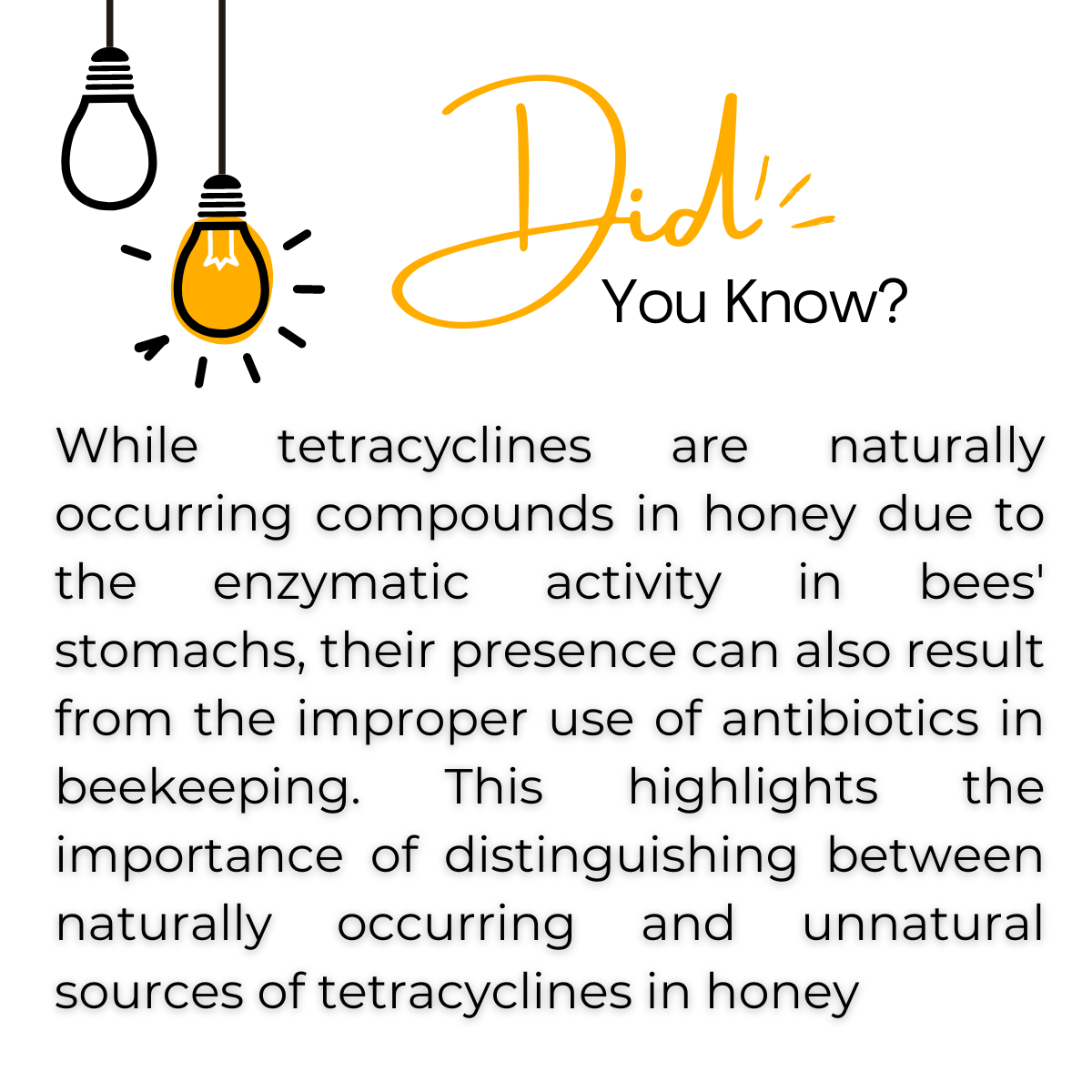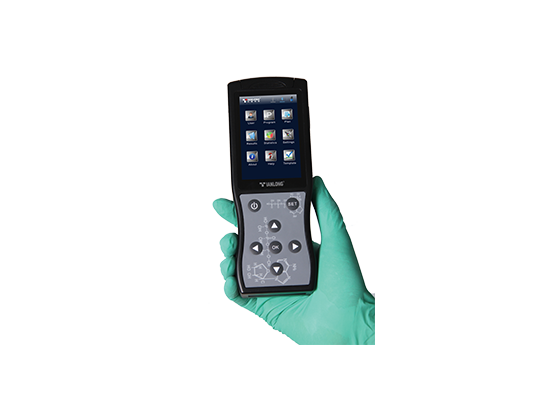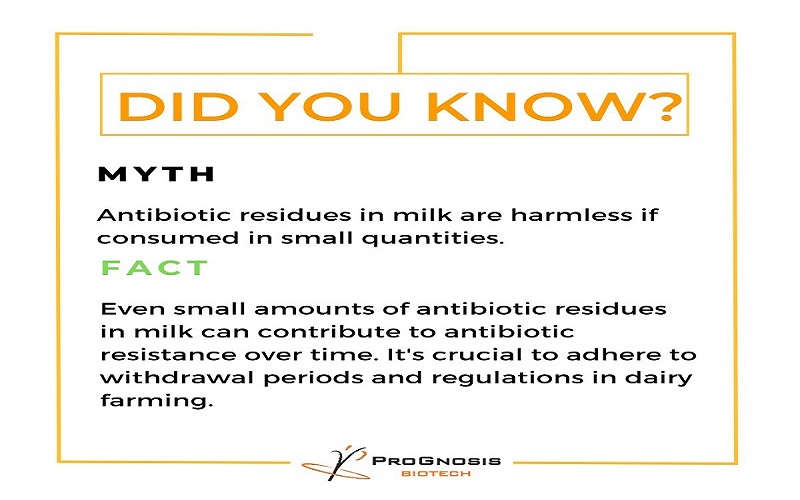
Notice: Trying to access array offset on value of type null in /home/u221381825/domains/fobeventia.com/public_html/blog-single.php on line 49
01
Notice: Trying to access array offset on value of type null in /home/u221381825/domains/fobeventia.com/public_html/blog-single.php on line 50
Jan
Notice: Trying to access array offset on value of type null in /home/u221381825/domains/fobeventia.com/public_html/blog-single.php on line 54
Notice: Trying to access array offset on value of type null in /home/u221381825/domains/fobeventia.com/public_html/blog-single.php on line 55







